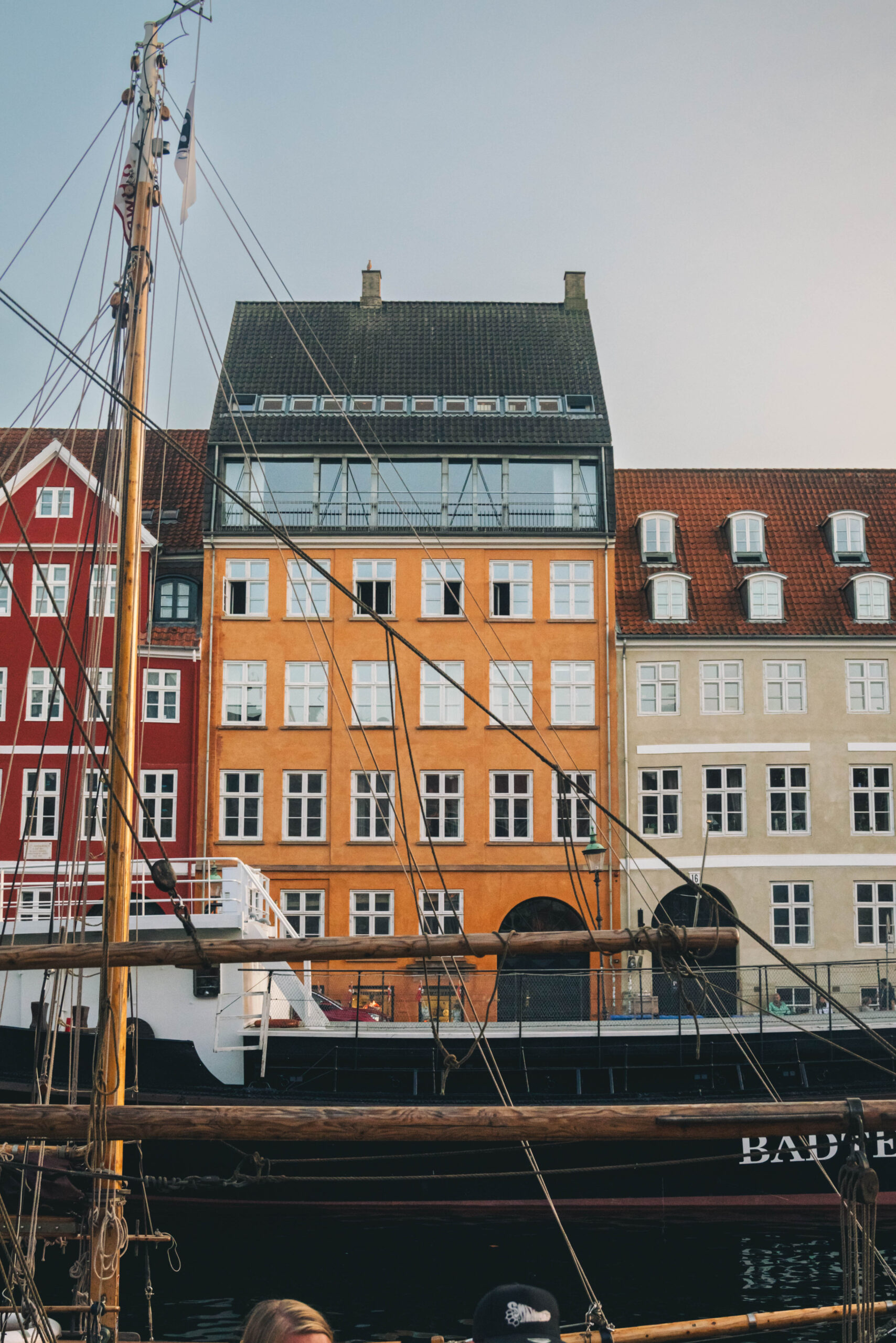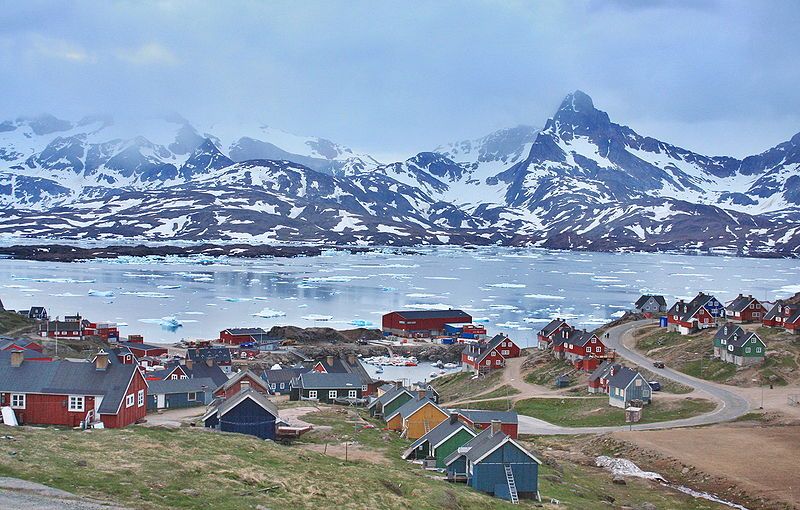The impact of pending EU regulations on the 1,800 non-native animal and plant species that cause nearly 90 billion kroner worth of damage to the environment around the EU could be felt on the lucrative Danish mink industry.
Environment Minister Ida Auken (SF) said that she would meet with fur industry executives to find ways to minimise the impact on business while at the same time giving them a chance to compensate “sins from the past”.
“I look forward to discussing with the fur industry and environmental organisations about how we can how we can both finance the plan and limit the damage loose mink cause to our nature,” Auken told Politiken newspaper.
READ MORE: Thousands of minks escape from fur farm
Environmental groups called on Auken to use the EU proposals as an opportunity to force the mink industry to pay for at least part of the damage that escaped mink do to the environment.
“The principle that ‘the polluter pays’ should be used in relation to the mink industry, which has enjoyed years of record profits,” Bo Håkansson a biologist at the Danish Society for Nature Conservation, told Politiken. “The industry must accept part of the responsibility.
Egon Ostergaard, head of the Danish Ornithological Society, said that a levy of a few kroner on each milk pelt sold could help pay for the EU proposals.
Pretty but destructive
Minks escaping from farms wreak havoc on the surrounding environment. According to the EU, the non-native American mink does 30 million kroner worth of damage in Germany alone each year, ravaging henhouses and valuable bird colonies.
The Danish mink industry employs 6,000 people and brings in export profits of 13 billion kroner each year. Auken said that the economic consequences would be severe if minks wind up on an EU blacklist of banned species.
Meanwhile, the homegrown industry is in a bit of a downturn do to over-production of mink pelts around the world.
“We are in a situation where supply exceeds demand,” mink farmer Jørgen Westergaard told Politiken. “Primarily because countries like Poland and Russia have produced so many skins during a relatively warm winter.”
At the annual December mink auction last month, Westergaard sold only 400 skins despite slashing his prices by 25 percent. Last year he sold 2,800 skins. He hopes things turn around a bit at the next auction in February.
“If the trend does not change, I’ll reduce my stock to adapt to the economy,” he said.












